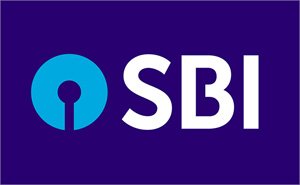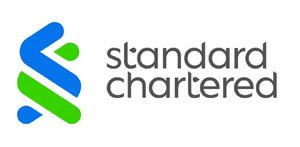When we speak of business loans, cash credit and bank overdraft are the two facilities that are primarily availed by most businesses.
Cash credit is a short-term business loan, meant to provide quick working capital.
To avail of the cash credit facilities, the stock or the inventory of the borrower is hypothecated to the lender.
An overdraft facility, on the other hand, is a long-term financial assistance. It lets you withdraw money from your account even with zero balance.
Let us understand each of these two facilities.
Cash Credit
Cash credit facility is generally provided to the limit of 60% of the value of the stock hypothecated. A monthly stock statement is to be provided, the basis of which the limit for cash credit is decided.
As a standard norm, cash credit is given for a maximum of 12 months, after which the drawing limit is re-evaluated. But the re-evaluation period can be shorter than this, based on the policies of the lender.
The interest is charged only on the utilized amount and not on the sanctioned limit. This sort of credit facility allows the borrower to make multiple withdrawals and deposits as and when required, subject to the maximum of the sanctioned limit.
To apply for cash credit, certified copies of financials and stock statements need to be provided to the lender, based on which the drawing limit is calculated.
We can help you with the certification and ease the process of availing credit, while you concentrate on what you do the best – conduct your business!
Overdraft Facility
An overdraft facility is the facility of short-term credit that is availed by an individual or a business from their lenders, to withdraw over and above the available funds in their account. These funds help to keep the business operational.
Generally, overdraft facilities are offered on current accounts or salary accounts, against the collaterals of FDs, property, or salary. The interest is calculated on daily basis on the outstanding amount at the day end and is payable at the end of the month, along with the payment against the principal.
Just like in cash credit, repayments can be made as and when possible, with no minimum limit.















